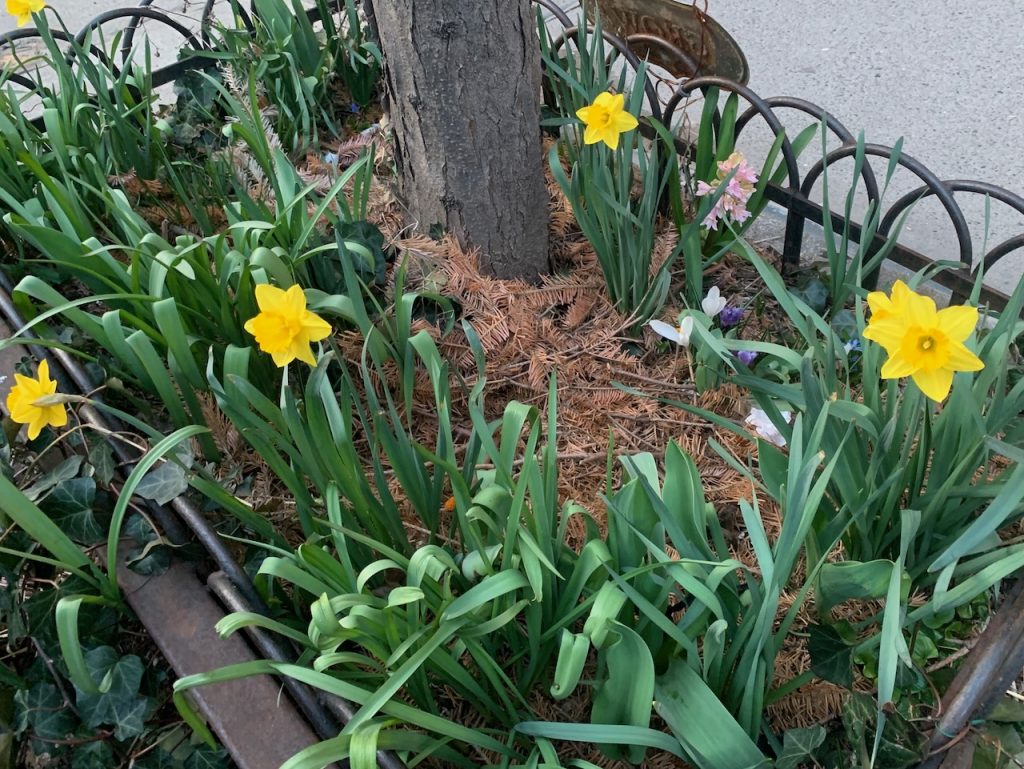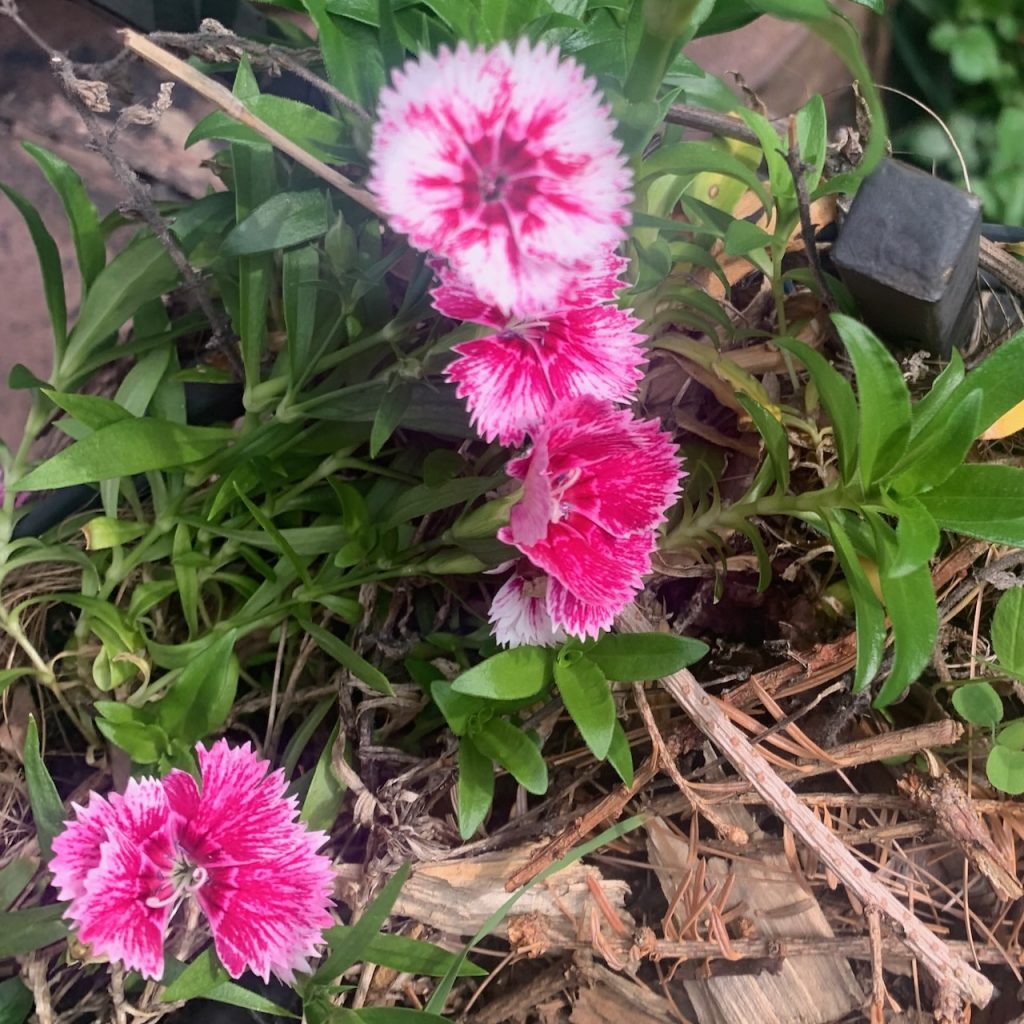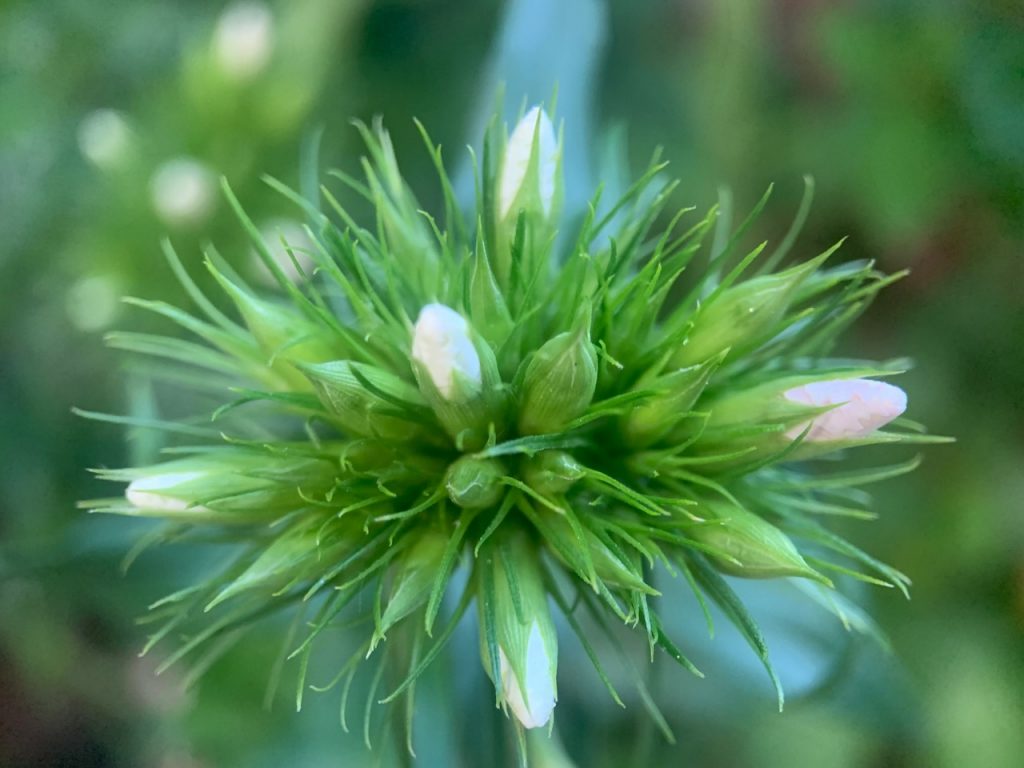The myriad benefits and occasional conflicts over the city’s sidewalk tree beds were the subject of an article in the New York Times this week:
In the Fight Over N.Y.C. Sidewalks, Tree Beds Are the Smallest Frontier
In a city with little private green space, tree beds on public streets have become coveted territory. But who gets to decide how they’re used?
Over 660,000 trees line the streets of New York City, and the beds around them take up more than 400 acres, according to a city estimate. While many people just walk by the rectangular openings in the sidewalk from which the trees spring — or, worse, use the spaces as trash cans and doggy litter boxes — others lay claim, unofficially, to these pocket-size patches of land.
As the weather warms, these caretakers swing into action…
Mr. Resler said neighbors have praised his miniature garden, but that he has also had to fish out beer cans and once felt compelled to speak to someone who was letting his pit bull jump over the tree guard and kick up dirt after it had relieved itself.
“This kind of thing lets you meet your neighbors, good and bad,” he said.













